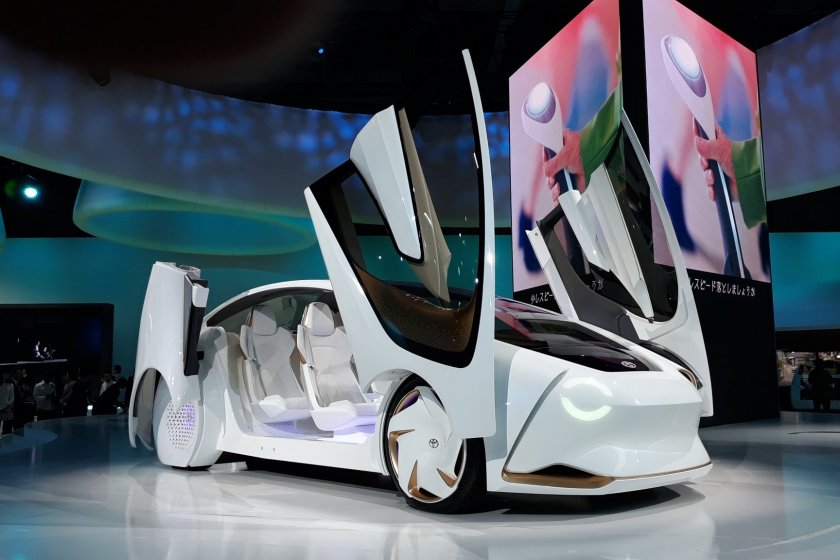The Tokyo Motor Show (now Japan Mobility Show) —a week and a half of everything to do with cars. The biennial show is considered one of the top five in the world of auto shows (along with Detroit, Geneva, Frankfurt, and Paris) and is a major October event in Japan.
It’s a place for car enthusiasts to flock and see some of the biggest names in automobile production—not to mention the ever-popular concept cars. In fact, attendees can expect to see more concept cars than actual production models. But why should that come as any surprise when Japan is a leader in cutting-edge technology and creativity when it comes to transportation.
History of the auto show
All Japan Motor Show, as it was originally called, began in 1954; the focus of the show back then was quite different from what it is today. Many of the automobiles featured in the 50s focused more on trucks, buses, and motorcycles; passenger vehicles made up only 17 cars out of the 267 on display! The early 50s saw big names Toyota and Mitsubishi debut at the show; with Nissan joining in ‘57. In 1959, after suffering some setbacks the previous years, the event switched to a biennial show.
Over the decades, the Tokyo Motor Show’s displays have come to reflect the economic state of current affairs. During the economic boom of the 1960s, Mazda and Honda had some high-profile additions as well as other sports car makers. This makes for a fascinating reflection of the state of our world. The show saw an increase in ‘low-emission’ and “fuel-saving” vehicles as early as 1977—always thinking ahead with their technology.
The Current Tokyo Motor Show
Today visitors can also expect a great show. Concept cars are the big players at the Tokyo Motor Show—and why shouldn’t they be with one of Japan’s signature industries being automobile manufacturing? With so many major players in the worldwide market the show is one of the best places to showcase the latest efforts of creative and technical teams.
But if you thought this was just an event for car maniacs, think again. The show also includes various special events and programs to encourage more people to join in and celebrate the often-quirky exhibits. Machinery and tools are on show, as well as the usual passenger cars, commercial vehicles, motorcycles, carrozzeria, and bodies. You can even learn more about mobility-related services and maintenance.
The Future of Car Shows
So what might future auto shows in Tokyo hold? There’s no way of knowing what amazing ideas will be spawned—but with the eyes of the world watching for clean and cost-effective transportation, it wouldn’t be surprising to see a major shift toward eco-friendly vehicles. Whatever the creative engineering teams come up with it’s sure to be worth seeing.
It’s history in the making, with the Tokyo Motor Show expanding every two years there will always be new, innovative automobiles at the show. What sort of steering wheel will drivers of the future be sitting behind, I wonder. This is one event visitors will definitely want a ticket to go see!






















